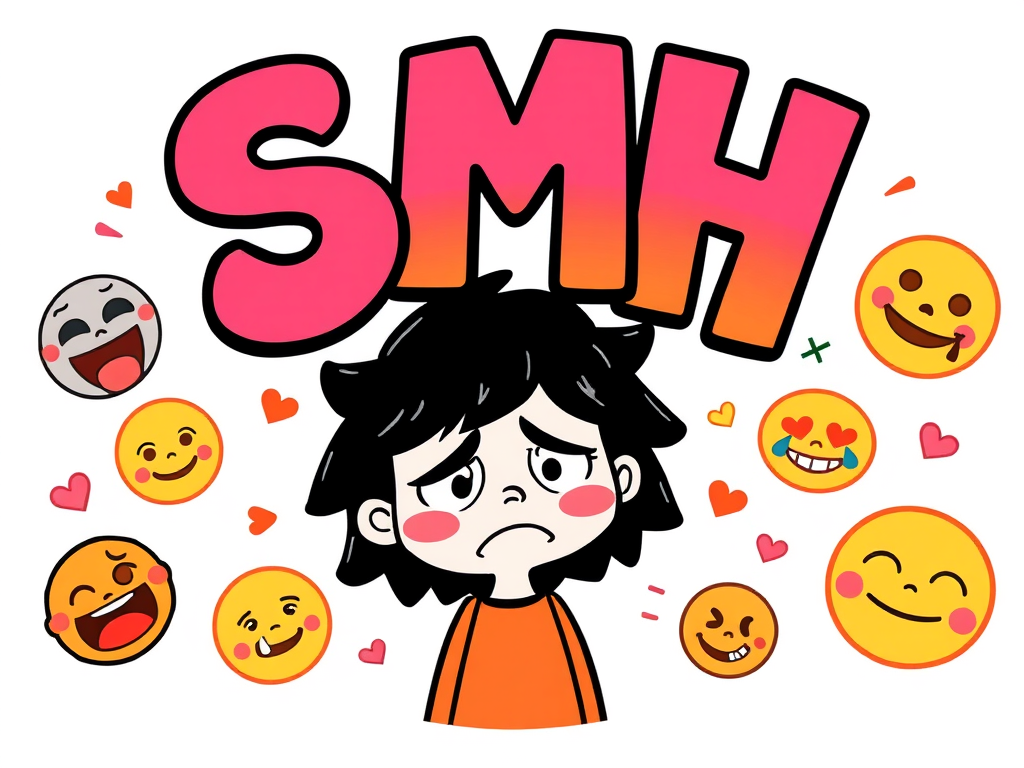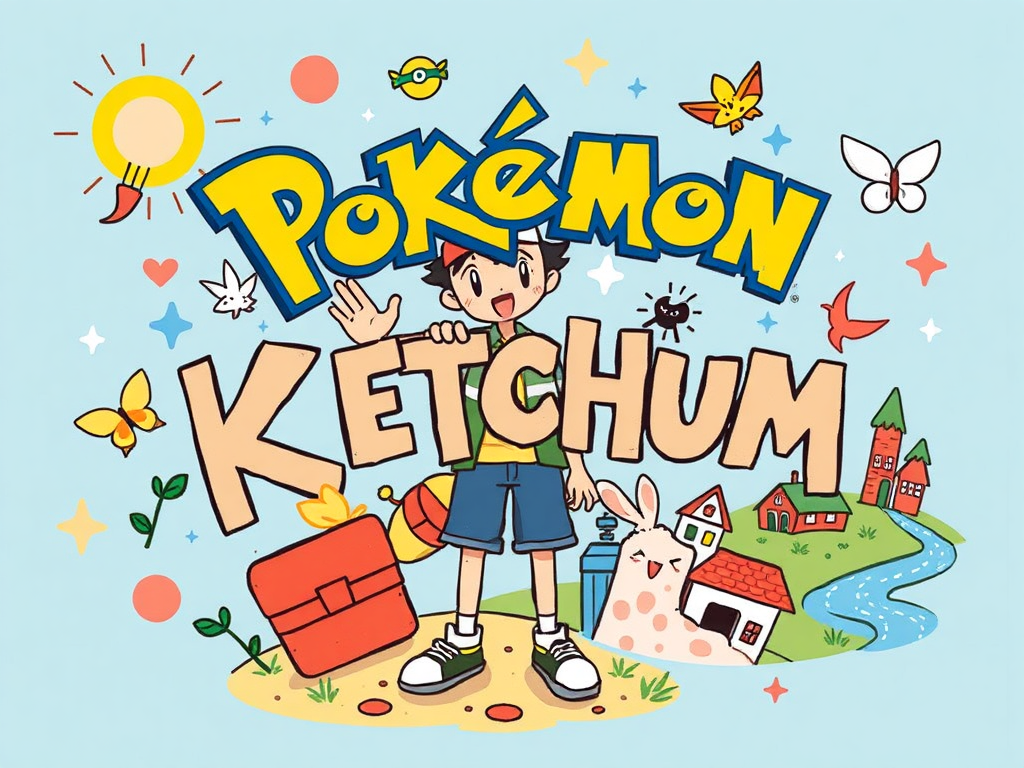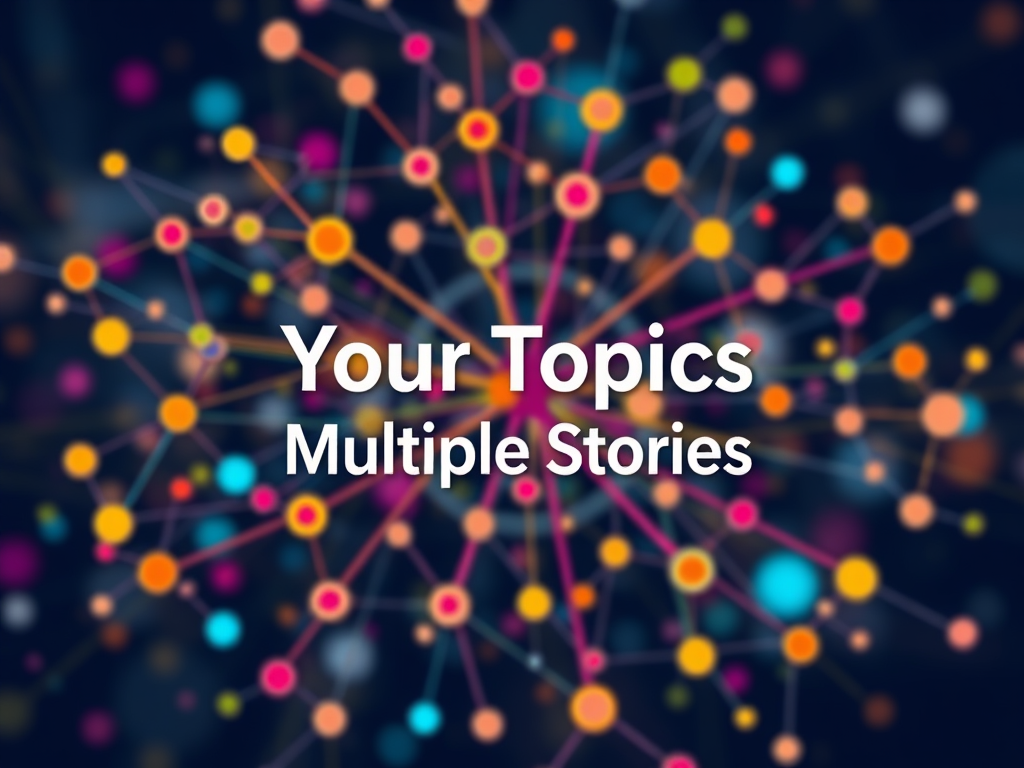In today’s fast-paced digital world, internet slang has become an essential part of how we communicate. Among the most commonly used acronyms is SMH, which you’ve likely encountered across social media platforms, text messages, and online forums. But what exactly does SMH stand for, and how has this simple three-letter combination become such a powerful tool for expressing feelings in our digital communication?
This comprehensive guide will explore everything you need to know about SMH meaning, from its primary definition to alternative interpretations, usage examples, and the broader implications for parent-child communication in the digital age.
What Does SMH Mean? The Primary Definition
SMH stands for “shaking my head” – a digital expression that serves as a virtual headshake to convey various emotions and reactions. This text message acronym has become one of the most recognizable forms of internet slang, used to express disbelief, show disapproval, or indicate frustration without typing out lengthy explanations.
The beauty of SMH lies in its simplicity. Just three letters can communicate complex emotional responses that might otherwise require several sentences to explain. When someone uses SMH, they’re essentially performing a non-verbal communication substitute that translates the physical act of shaking one’s head into electronic messaging.
The Evolution of SMH in Digital Communication
The acronym SMH emerged alongside the rise of instant messaging and mobile texting. As smartphone communication became more prevalent, users needed efficient ways to express disappointment, show frustration, and indicate disbelief without extensive typing.
Digital natives and millennials were among the first to adopt this form of chat language, creating a new vocabulary for online interactions. The term quickly spread across various digital platforms, from early text messaging to modern social media platforms like Twitter, Instagram, and TikTok.
SMH Alternative Meanings: Understanding Multiple Interpretations
While “shaking my head” remains the most widely accepted SMH definition, the acronym demonstrates the linguistic phenomenon of polysemy – where a single term can have multiple meanings depending on context. Understanding these alternative meanings is crucial for digital literacy and effective online communication.
Common Alternative SMH Meanings
| Alternative Meaning | Context | Usage Example |
|---|---|---|
| So Much Hate | Expressing disappointment with negativity | “SMH at all the trolling in the comments” |
| So Much Hype | Showing excitement or anticipation | “SMH, I can’t wait for the concert!” |
| Scratching My Head | Indicating confusion or bewilderment | “SMH, I don’t understand this math problem” |
| Suck My Hole | Crude insult expressing annoyance | Used in heated arguments (inappropriate) |
| Sex Might Help | Mature/adult context | Rarely used, context-dependent |
The Importance of Context-Dependent Meaning
The meaning variations of SMH highlight the importance of contextual usage in digital communication. Parents and educators must understand that slang evolution means that acronyms can carry different connotations depending on:
- Generational differences in usage
- Regional variations in meaning
- Group-specific usage within communities
- Situational context of the conversation
How to Use SMH: Practical Examples and Guidelines
Understanding how to use SMH in conversation requires recognizing the appropriate contexts and emotional responses it can convey. Here are detailed examples across different communication scenarios:
Educational Context Examples
SMH frequently appears in classroom situations where students express frustration with academic challenges:
- “My teacher made us redo the whole project, SMH“
- “SMH, forgot to submit my assignment again”
- “Group project partner didn’t show up, SMH“
These examples demonstrate how SMH serves as a reaction word that encapsulates the disappointment and annoyance students feel in various educational situations.
Social Commentary Usage
SMH is commonly used for social commentary, allowing users to express disapproval of behaviors, decisions, or situations:
- “SMH, some people have no filter”
- “People still don’t wear masks in crowded places, SMH“
- “SMH at celebrities making tone-deaf comments”
In these contexts, SMH functions as a discourse marker that signals the user’s negative reaction to societal issues or individual behaviors.
Fashion and Aesthetic Judgments
The acronym frequently appears in discussions about style, trends, and aesthetic choices:
- “Those neon sneakers are a fashion disaster, SMH“
- “SMH, why are cargo shorts making a comeback?”
- “Saw someone wearing socks with sandals, SMH“
Moral and Ethical Commentary
SMH often accompanies moral judgments and ethical observations:
- “SMH, people need to be kinder”
- “Witnessed someone littering at the park, SMH“
- “SMH at people who don’t return their shopping carts”
SMH in Different Digital Platforms
The usage of SMH varies across different social media platforms and messaging apps, each with its own communication culture and audience expectations.
Twitter/X Usage
On Twitter, SMH often appears in:
- Political commentary and news reactions
- Celebrity gossip responses
- Trending topic discussions
- Real-time event commentary
Instagram Usage
Instagram users typically employ SMH in:
- Story reactions to daily events
- Comment sections on controversial posts
- Caption descriptions of frustrating situations
- Direct message conversations
TikTok Integration
TikTok has integrated SMH into its video culture:
- Reaction videos using SMH as commentary
- Text overlays on videos expressing disbelief
- Comment sections responding to content
- Duet responses showing disapproval
Text Messaging Patterns
In text conversations, SMH appears in:
- Family group chats discussing daily frustrations
- Friend conversations about shared experiences
- Workplace messaging (in informal settings)
- Dating app conversations expressing reactions
Understanding SMH for Parents: A Digital Parenting Guide
For parents navigating the complexities of teen communication and youth culture, understanding SMH is crucial for effective family communication and digital parenting.
The Parent-Child Communication Gap
Generational language differences can create communication barriers between parents and children. When parents understand teen language and contemporary slang, they can:
- Bridge communication gaps with their children
- Monitor online behavior more effectively
- Recognize potential issues in digital conversations
- Build trust through shared understanding
Digital Literacy for Parents
Parental awareness of internet slang like SMH is essential for:
- Online safety monitoring
- Understanding teens’ emotional states
- Recognizing cyberbullying indicators
- Facilitating open dialogue about digital experiences
Signs to Watch For
Parents should be aware of contextual usage patterns that might indicate issues:
- Excessive use of SMH in negative contexts
- Combinations with other concerning slang
- Changes in communication patterns
- Withdrawal from family conversations
Equivalent Expressions and Synonymous Terms
SMH belongs to a broader category of reaction expressions that serve similar communicative functions. Understanding these equivalent expressions provides insight into the rich vocabulary of digital communication.
Traditional Verbal Equivalents
| Expression | Emotional Context | Usage Similarity |
|---|---|---|
| Sigh | Resignation, disappointment | High |
| Eye-roll | Annoyance, disbelief | Very High |
| Really? | Questioning, disbelief | High |
| I can’t believe it | Shock, disappointment | High |
| Are you kidding me? | Disbelief, frustration | High |
| Ridiculous | Dismissal, annoyance | High |
Emoji Equivalents
Emotive expressions using emojis serve similar functions:
- 🤦 (Person facepalming emoji) – Express disappointment
- 🙄 (Face with rolling eyes emoji) – Show frustration
- 🤯 (Exploding head emoji) – Indicate disbelief
These emotive expressions work alongside SMH to create a comprehensive vocabulary for sentiment expression in digital communication.
The Linguistic Science Behind SMH
Understanding SMH requires exploring the linguistic phenomena that govern internet slang and digital communication patterns.
Polysemy and Semantic Evolution
SMH demonstrates polysemy – the existence of multiple meanings for a single linguistic unit. This semantic bleaching occurs as terms evolve through usage, developing new meanings while retaining original definitions.
The slang evolution of SMH shows how digital communication accelerates linguistic change, with new meanings emerging rapidly across different online communities.
Code-Switching in Digital Contexts
Users often engage in code-switching when using SMH, alternating between formal and informal registers depending on:
- Audience expectations
- Platform conventions
- Relationship dynamics
- Situational appropriateness
Metalinguistic Awareness
Understanding SMH requires metalinguistic awareness – the ability to think about language as a system. This includes recognizing:
- Context-dependent meanings
- Pragmatic functions
- Social implications
- Communicative effectiveness
Regional and Cultural Variations
SMH usage varies significantly across different regions and cultural groups, reflecting broader patterns in internet culture and digital communication.
Geographic Distribution
Research shows regional differences in SMH usage:
- North American usage tends toward traditional “shaking my head” meaning
- European users often employ alternative meanings more frequently
- Asian markets show varied adoption rates across platforms
- African communities have developed unique contextual applications
Cultural Adaptation
Different cultures have adapted SMH to fit their communication patterns:
- High-context cultures use SMH more subtly
- Low-context cultures employ it more directly
- Collectivist societies apply it to group dynamics
- Individualist cultures use it for personal expression
The Future of SMH and Digital Communication
As digital communication continues evolving, SMH represents just one example of how language adapts to technological change. Understanding current trends helps predict future developments in internet slang and online communication.
Emerging Trends
Several trends are shaping the future of digital slang:
- Voice message integration reducing text-based acronyms
- Video communication creating new expression needs
- AI-powered communication tools changing interaction patterns
- Cross-platform consistency standardizing usage
Educational Implications
Schools and educational institutions are adapting to digital literacy requirements:
- Curriculum integration of internet communication skills
- Teacher training in contemporary language patterns
- Student assessment including digital communication competency
- Parent education programs for family communication
Practical Tips for Using SMH Effectively
Whether you’re a parent trying to understand your teen’s digital communication or someone looking to use SMH appropriately, these practical guidelines will help:
Do’s and Don’ts
DO:
- Consider your audience and context
- Use SMH sparingly to maintain impact
- Understand the emotional context you’re conveying
- Be aware of generational differences in interpretation
DON’T:
- Overuse SMH in professional settings
- Assume everyone understands alternative meanings
- Use SMH when direct communication is more appropriate
- Ignore contextual cues that might change meaning
Professional Context Guidelines
In workplace digital communication, SMH usage should be:
- Limited to informal channels (personal chats, casual team messages)
- Avoided in client communications
- Used sparingly to maintain professional tone
- Explained when necessary for clarity
Building Better Digital Communication Skills
Understanding SMH is part of developing broader digital literacy skills that enhance online communication effectiveness.
For Parents
Parents can improve family communication by:
- Learning current slang terms and meanings
- Asking questions about unfamiliar expressions
- Maintaining open dialogue about digital experiences
- Modeling appropriate online behavior
For Teens
Young people can enhance their digital communication by:
- Understanding audience expectations across different platforms
- Recognizing when formal language is more appropriate
- Being aware of how their communication affects others
- Developing empathy in digital interactions
For Educators
Teachers can support digital literacy by:
- Incorporating internet communication into language curricula
- Discussing the evolution of digital slang
- Helping students understand contextual appropriateness
- Bridging generational gaps in communication styles
Conclusion: The Lasting Impact of SMH on Digital Communication
SMH represents more than just a simple acronym – it embodies the evolution of human communication in the digital age. From its primary meaning of “shaking my head” to its various alternative interpretations, SMH demonstrates how language adapts to meet the needs of digital communication.
Understanding SMH meaning and its contextual usage is essential for anyone navigating today’s digital landscape. Whether you’re a parent seeking to understand your teen’s online communication, an educator developing digital literacy curricula, or simply someone wanting to communicate more effectively in digital spaces, knowledge of SMH and similar internet slang terms is increasingly valuable.
As we continue to rely more heavily on digital communication, the importance of understanding these linguistic phenomena will only grow. SMH serves as a perfect example of how three simple letters can carry complex emotional meaning, bridge generational gaps, and enhance our ability to express feelings in the digital world.
The future of digital communication will undoubtedly bring new terms and expressions, but the principles demonstrated by SMH – efficiency, emotional expressiveness, and contextual flexibility – will remain constant. By understanding these foundational concepts, we can better navigate the ever-evolving landscape of internet culture and digital interaction.
Remember, effective digital communication isn’t just about knowing what SMH stands for – it’s about understanding how to use these tools to build better relationships, express genuine emotions, and create meaningful connections in our increasingly connected world.

Catherine Frank, founder of BiblicalHorizon.com, shares daily prayers and Bible verses to nurture spiritual growth. With a lifelong passion for scripture and prayer traditions, she creates accessible spiritual content that resonates with both seasoned believers and newcomers seeking divine connection.



